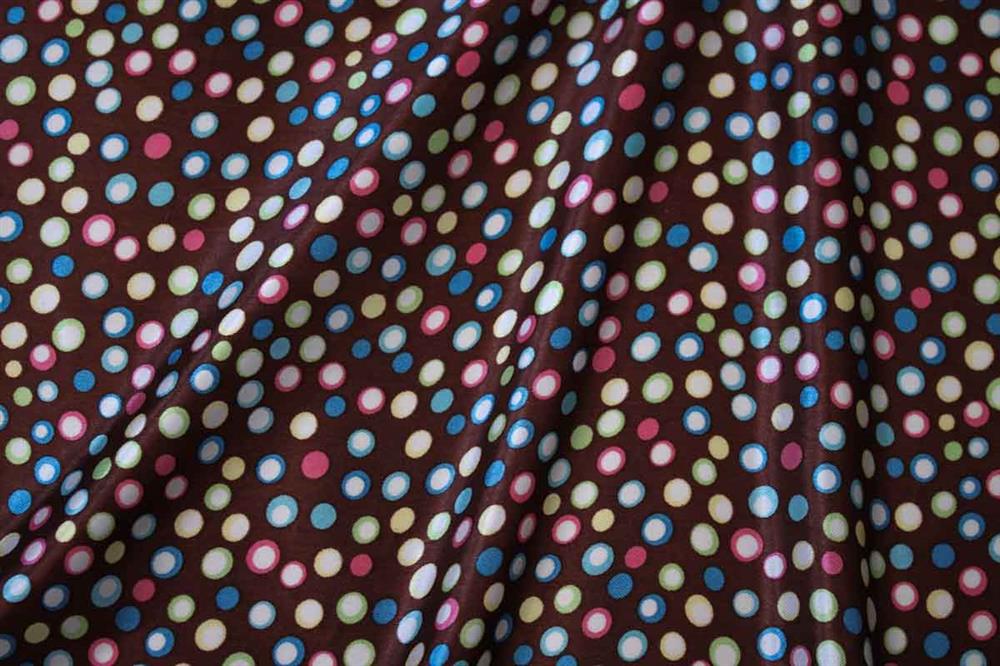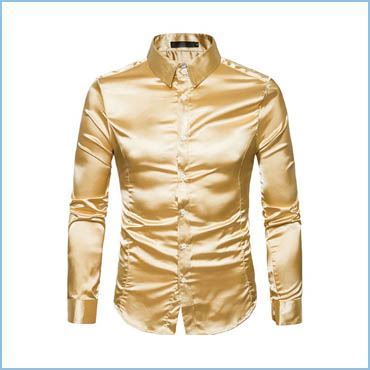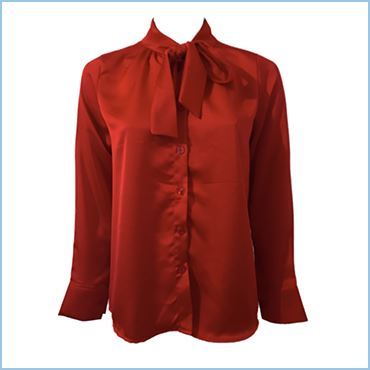SATIN - SATIN FABRIC - SATIN WEAVE - SHIRT WITH SATIN TOUCH - BLOUSE WITH GLITTERING - SATIN SHIRT
Satin is a weave that typically has a glossy surface and a dull back. The satin weave is characterized by four or more fill or weft yarns floating over a warp yarn or vice versa, four warp yarns floating over a single weft yarn. Floats are missed interfacings, where the warp yarn lies on top of the weft in a warp-faced satin and where the weft yarn lies on top of the warp yarns in weft-faced satins. These floats explain the even sheen, as unlike in other weaves, the light reflecting is not scattered as much by the fibres, which have fewer tucks. Satin is usually a warp-faced weaving technique in which warp yarns are "floated" over weft yarns, although there are also weft-faced satins. If a fabric is formed with a satin weave using filament fibres such as silk, nylon, or polyester, the corresponding fabric is termed a satin, although some definitions insist that the fabric be made from silk. If the yarns used are short-stapleyarns such as cotton, the fabric formed is considered a sateen.
A satin fabric tends to have a high luster due to the high number of floats on the fabric. Because of this it is used in making bed sheets. Many variations can be made of the basic satin weave including a granite weave and a check weave. Satin weaves, twill weaves, and plain weaves are the three basic types of weaving by which the majority of woven products are formed.
Satin is commonly used in apparel: satin baseball jackets, athletic shorts, women's lingerie, nightgowns, satin blouses, and evening gowns, but also in some men's boxer shorts, briefs, satin shirts and neckties. It is also used in the production of pointe shoes for use in ballet. Other uses include interior furnishing fabrics, upholstery, and bed sheets .

Satin Shirt - Satin Shirt










